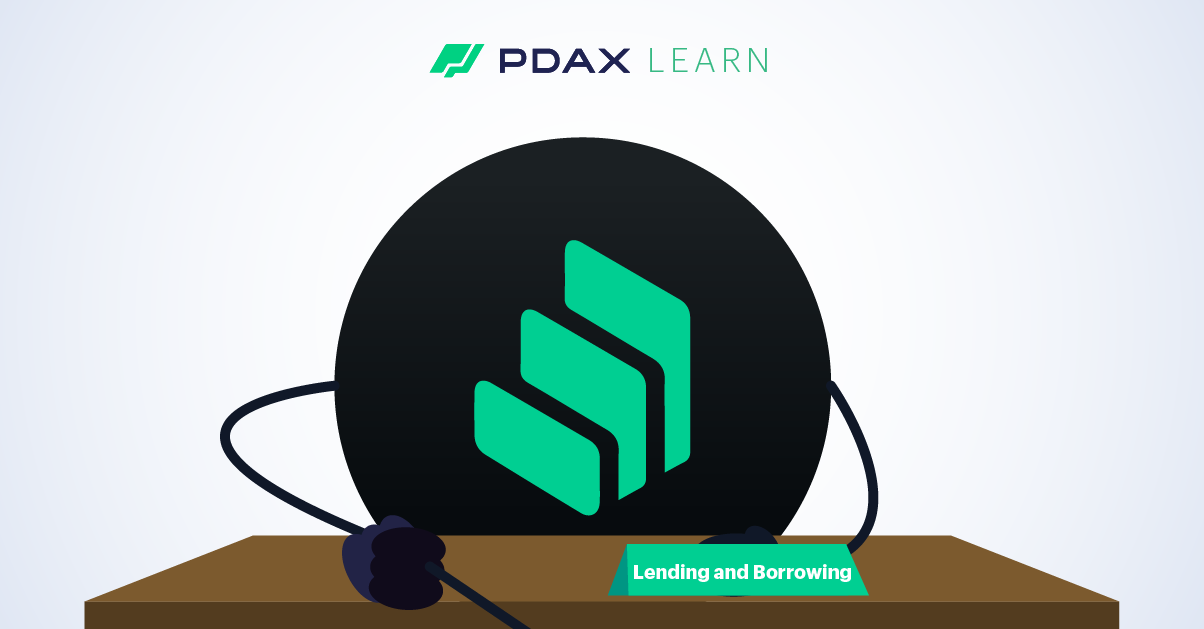Borrowing and lending money through an intermediary or middleman, such as a bank, can often be tedious and difficult. This is because both transactions come with a lot of requirements and paperwork, barring many people, especially the unbanked, from accessing financial opportunities that would benefit them the most. In underprivileged countries in particular, the lack of access to financial services forces some people to resort to borrowing from illegal lending schemes–which more often become debt traps.
There are many decentralized finance (DeFi) protocols that are seeking to address such problems and make financial inclusion a greater reality for more people. With the use of blockchain technology, even those who do not meet the usual qualifications or possess the required documentation can avail of financial instruments, facilitated by algorithms in secure and anonymous peer-to-peer networks.
One of these protocols is Compound (COMP), an Ethereum-based lending protocol that allows people to borrow and lend cryptocurrencies without the need of a middleman and without the need for participants to divulge any personal information about themselves.
Compound was founded in 2017 with the goal of providing a more accessible credit market for people around the world. It has been able to do so by utilizing Ethereum’s smart contracts to create a “pooled loan model.” It basically allows users to directly deposit cryptocurrencies into a liquidity pool that other users can borrow against.
The huge advantage of the pooled model is that loans do not come with maturity, since there is no direct counterparty that borrowers owe the money from. Hence, Compound users can redeem their deposits or borrow from the pool whenever they want to, with only the smart contracts keeping tabs of due earnings and liquidations.
How does Compound work?
Lenders can deposit and lock cryptocurrencies such Ethereum (ETH), Tether (USDT), USD Coin (USDC), Wrapped Bitcoin (BTC) or Basic Attention Token (BAT) into their respective lending pools on Compound. This gives lenders an opportunity to earn passive income through interest earned on their deposits, the rate of which is dependent on the current available supply in the lending pools for that particular token (the larger the supply available in the pool, the lower the interest rate and vice versa). The interest earned is in Compound Tokens or cTokens for short. cTokens are essentially tokenized versions of deposits that can be used to borrow, stake, lend, and conduct transactions. Examples of cTokens would be cETH, cBAT, and cUSD.
Meanwhile, borrowers can borrow “cTokens” against Compound’s liquidity pool. However, these borrowers must post collateral and pay interest on the amount that they get from the liquidity pool. The Compound protocol also imposes a borrowing limit depending on the amount that the borrower deposits and posts as collateral. Therefore, borrowers need to be careful because if the value of their collateral falls by too much, their assets become automatically sold or liquidated to ensure that the loan from the pool is repaid.
COMP’s protocol is designed to maintain a state of overcollaterization, to provide a safety net for lenders and ensure liquidity for borrowers.
How is the COMP token used?
The COMP token’s primary use is as a governance token. It allows COMP token holders to vote and propose important changes to the protocol’s settings, such as voting on new token markets or the amount of COMP rewards from using the network. Adding cryptocurrencies to the protocol’s liquidity pools, or withdrawing them comes with a corresponding amount of COMP tokens earned, which is designed to incentivize users to keep the network active.
Tokenomics
COMP has a market capitalization of $296 million as of November 2022 with a circulating supply of 7.2 million out of a maximum supply of 10,000,000 according to CoinMarketCap.com. The remaining 2.8 million COMP tokens are all expected to be distributed by June 2024.
Upon its launch in 2017, over 4.2 million tokens were allocated for users, 2.3 million for shareholders, 2.2 million for founders, with the remaining 1 million for future team members and community governance.
Ready to start with crypto?
Start your trading journey with PDAX.
DISCLAIMER: The statements in this article do not constitute financial advice. PDAX does not guarantee the technical and financial integrity of the digital asset and its ecosystem. Any and all trading involving the digital asset is subject to the user’s risk and discretion and must be done after adequate and in-depth research and analysis.
About PDAX
PDAX is a BSP-licensed exchange where you can trade Bitcoin, Ethereum, and other cryptocurrencies directly using PHP!
Featured Posts
You might also like
MON (Monad) is now on PDAX!
PDAX
December 04, 2025
PDAX Learn: USDC on Arbitrum is now on PDAX
PDAX
December 01, 2025
Pump.fun’s PUMP token is now on PDAX! 🎈
PDAX
November 26, 2025
Aerodrome Finance’s AERO token is now on PDAX!
PDAX
November 12, 2025
